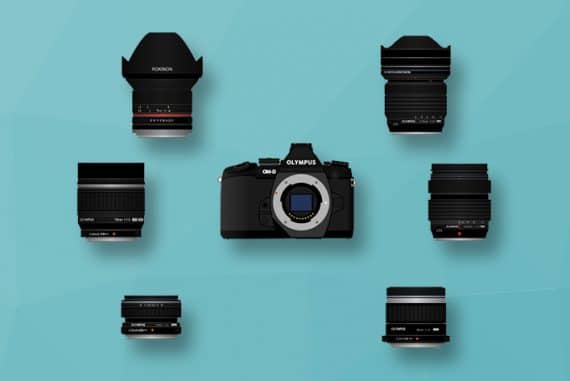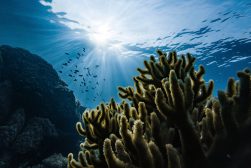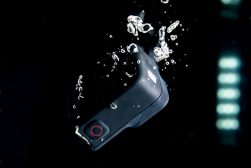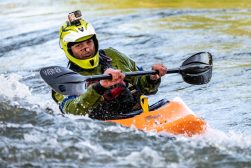
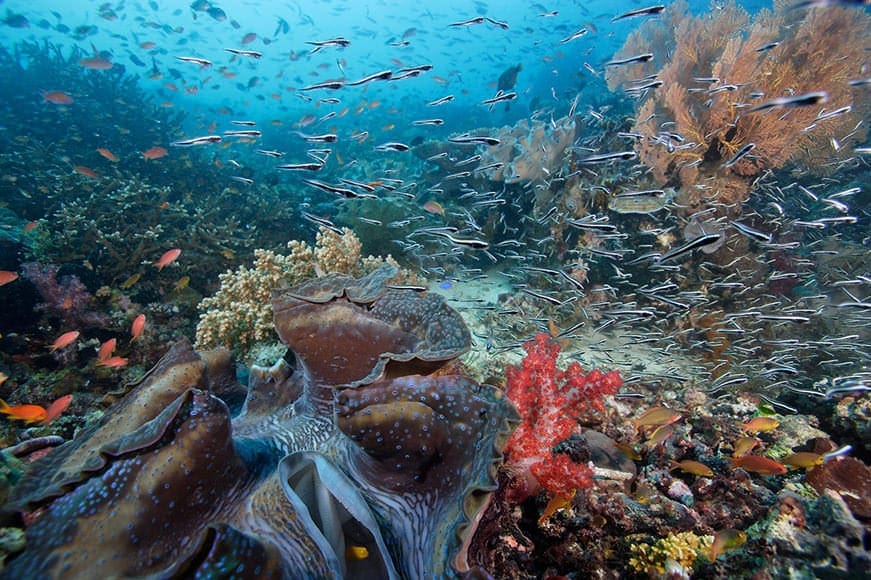
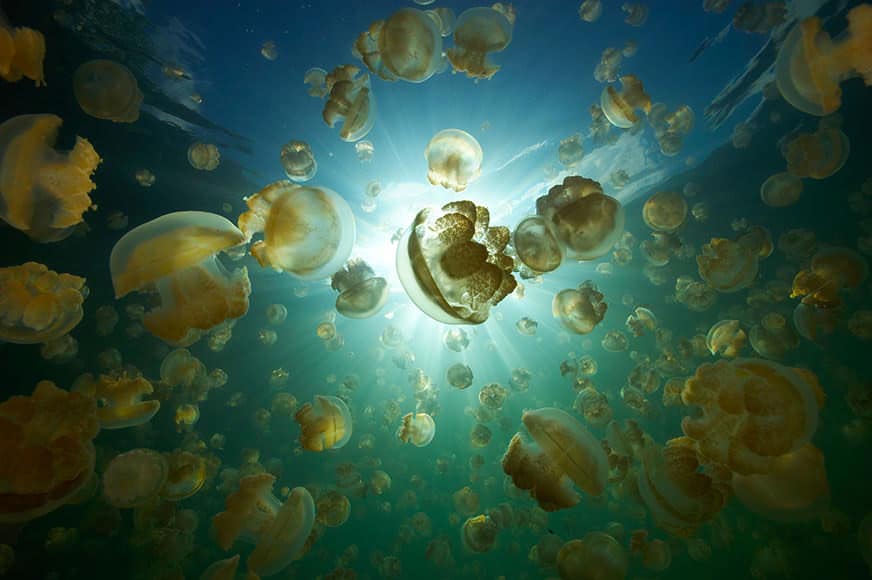
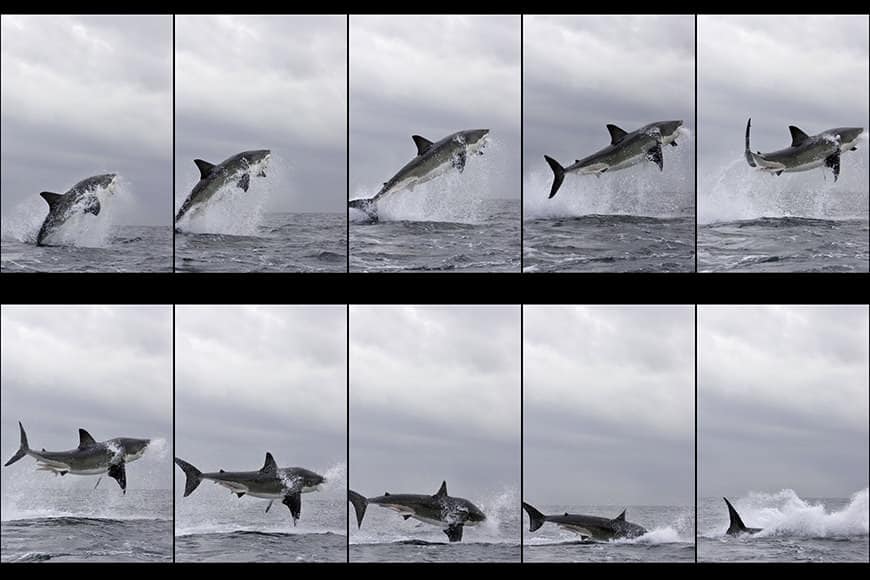
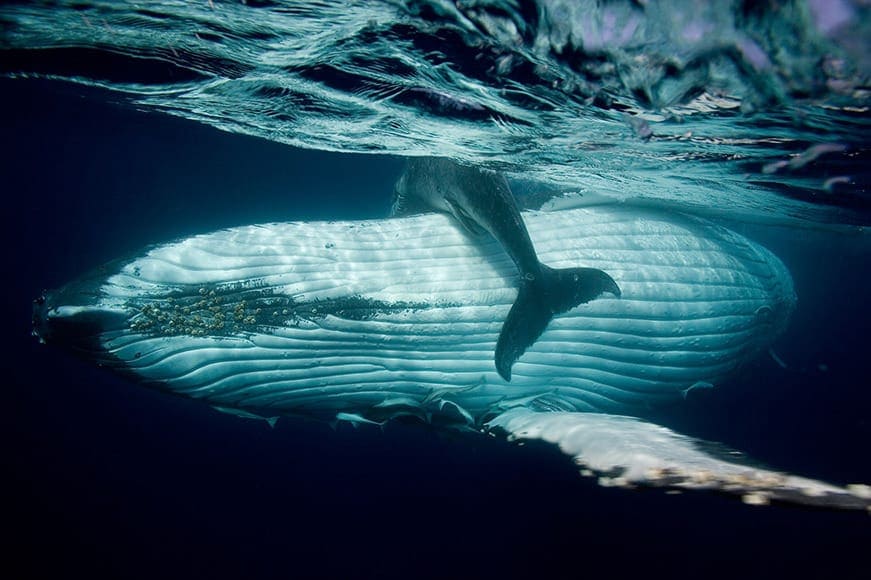


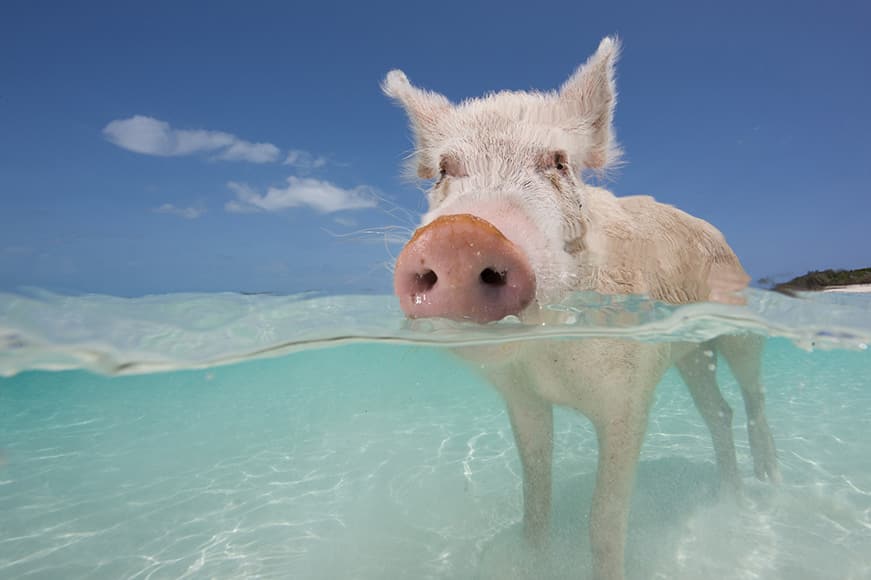

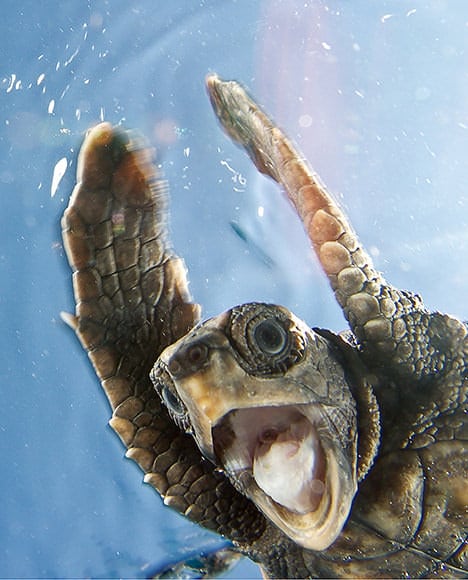
Eric Cheng
Marine & Underwater | Last Updated: April 4, 2024
I run a site called Wetpixel, the world’s premiere web community for underwater imaging, and Skypixel, where I write about aerial imaging. I’m also Director of Aerial Imaging at DJI, the makers of the Phantom flying camera.
Underwater photography is extremely equipment-intensive. In addition to bulky and heavy underwater housings, we have to bring underwater optics (large glass and acrylic ports), high-powered underwater strobes, arms and clamps for positioning strobes, and a complete set of SCUBA-diving gear.
(For more underwater photography tips, see this guide.)
Of course, the typical complement of notebook computer, drives, iPad, and phone are also required. If an underwater photographer packs with minimal redundancy, he or she might be able to get away with about 120 lbs of gear for a typical shoot.
When I travel light, I usually have about 140 lbs of gear with me, including 1-2 heavy carry-on bags. Scheming to to get those carry-ons onto small planes in remote areas usually constitutes a large percentage of the stress involved in a given trip. Many underwater photographers I know would seriously consider leaving a spouse at the gate rather than risk having to gate-check a bag (visits to the restroom right before boarding! why??).
I have always been very interested in new ways of image capture, and recently, the kit required for my travel has become much more complicated. I’ve added aerial and slow-motion cameras to my arsenal of tools, and it has totally changed what I bring on photography expeditions.
I downsized my cameras to mirrorless options, and no longer travel with a lot of redundancy. What I now lose in redundancy is made up for by an increase in diversity. I can now shoot underwater, on land, in the air, and in slow motion, all in about 180 lbs of gear spread across 3 checked bags, a backpack, and a man purse.
The gear picture in this feature were from a trip to Cape Town, South Africa, and does not include the 50 lbs of dive gear nor the rat’s nest of chargers, cables, computers, disk drives, and other required support equipment.
Equipment List:
Olympus OM-D E-M1 bodies (2)
Blackmagic Design Pocket Cinema Camera body
Olympus M Zuiko Digital ED 12-40mm f/2.8
Panasonic Lumix G Vario 14-140mm f/3.5-5.6
Panasonic 8mm f/3.5 ED Fisheye
Panasonic 7-14mm f/4.0 lenses (no macro lenses on this trip)
Nauticam underwater housing for Olympus E-M1 w/Zen dome port
Nauticam underwater housing for Black Magic Pocket Cinema Camera w/Zen 100mm dome port for fisheye lens
Sea & Sea DS-1 strobes (2)
ULCS clamps
4th Generation Design float arms
Edgertronic high-speed camera w/DIY field kit (iPad Mini Retina, travel Wi-Fi router, LiPo batteries, bracket and iPad mount)
Really Right Stuff tripod and ball head
DJI Phantom 2 w/Zenmuse H3-3D gimbal and FPV transmitter (2)
6 x Phantom 2 batteries, and 2 x battery chargers
Black Pearl field monitor and FPV receiver (and antennas)
GoPro HERO 3+ Black cameras (3), Hero 3 Black camera (1), assorted GoPro housings and mounts, Backscatter Flip filter for GoPro dive housing
iPhone 5s w/battery case
15” Retina MacBook Pro
3 x external hard disks
Dive gear:
Oxycheq backplate, tank adapter and straps, Atomic Aquatics regulator, Oceanic Mini Shadow mask and OC-1 dive computer, Gull snorkel, DUI drysuit and weight harness, Fourth Element drysuit undergarments, fins.
Bags:
Thinktank and Manfrotto backpacks, Lowepro and Samsonite luggage (with Pelican padded dividers), Stahlsac dive bag, Eagle Creek man purse.
www.echengphoto.com | www.wetpixel.com | www.skypixel.org

Check out these 8 essential tools to help you succeed as a professional photographer.
Includes limited-time discounts.






